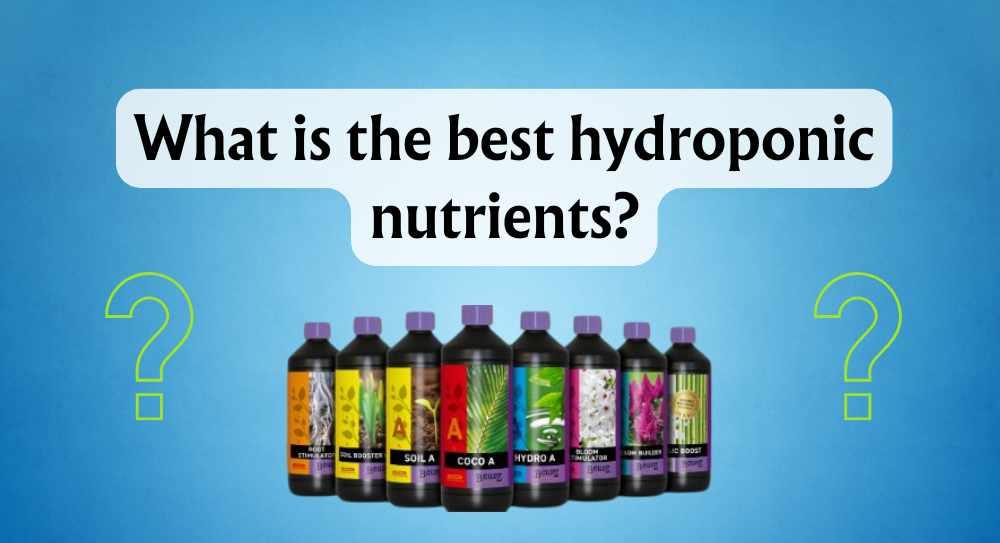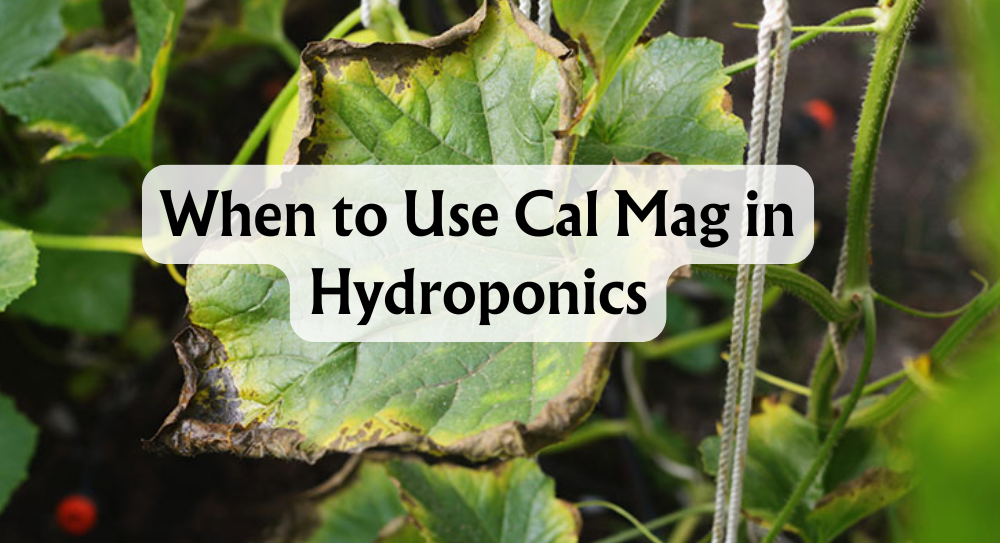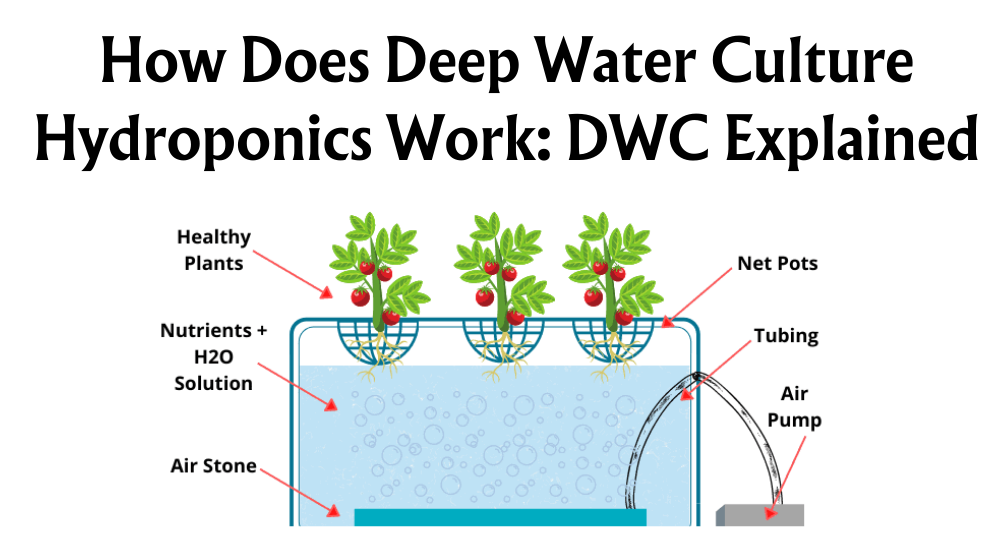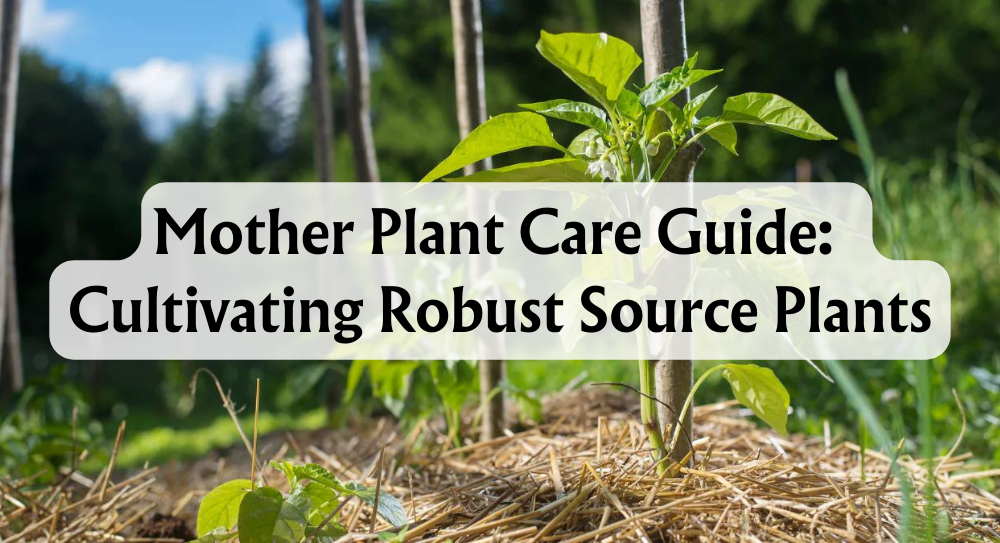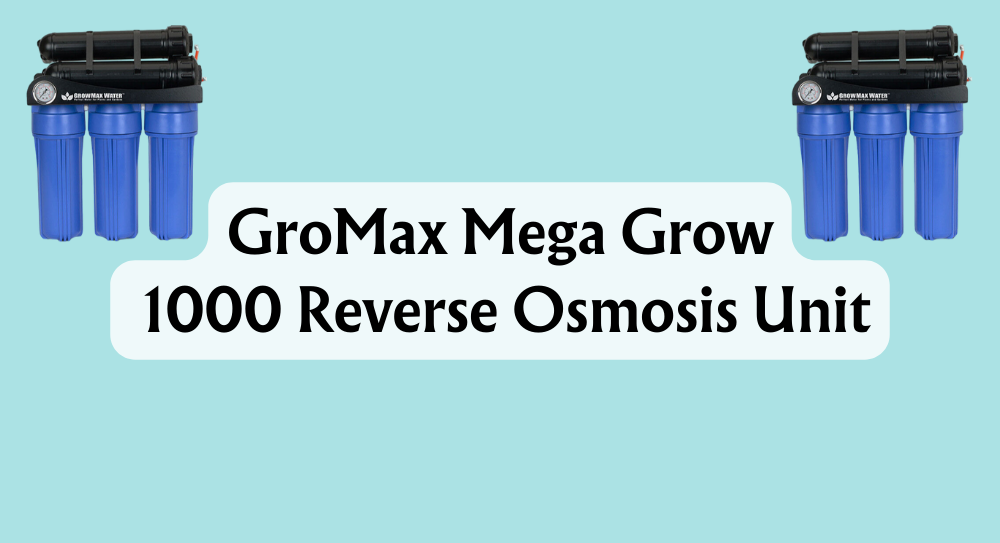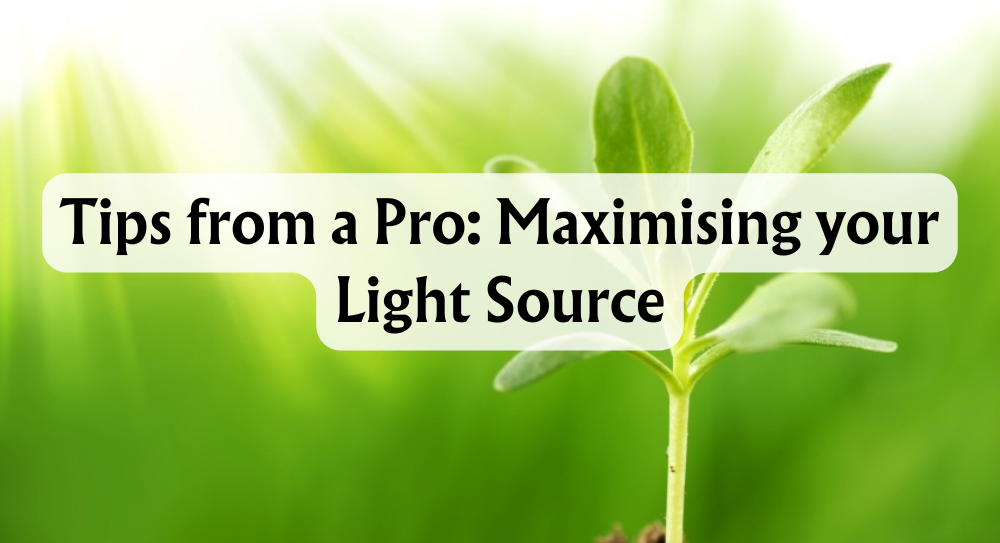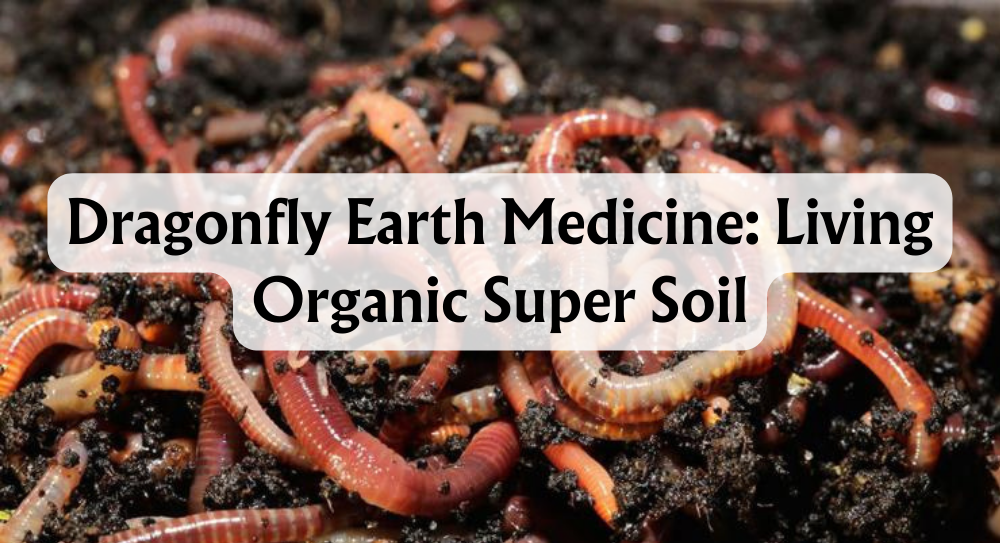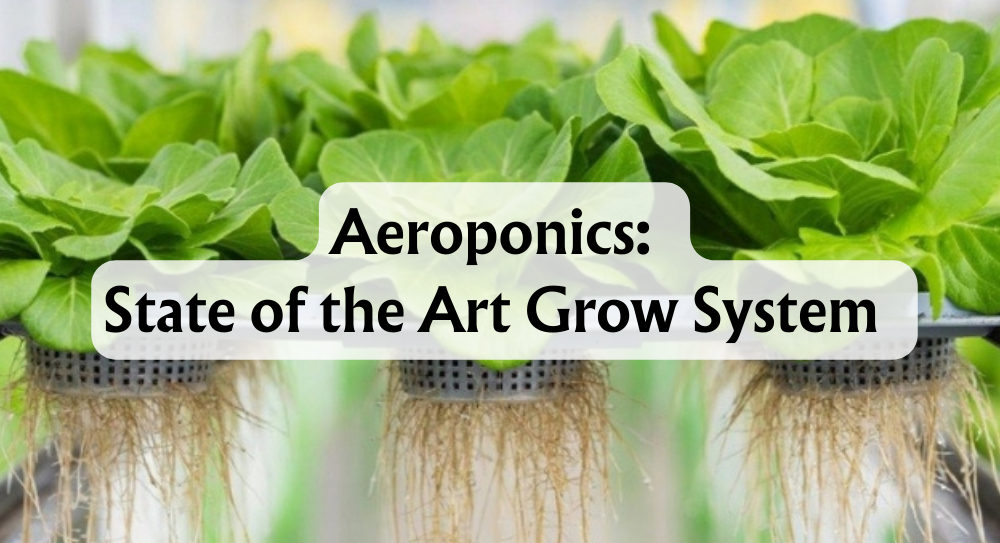In the world of hydroponics, a steady supply of nutrients is crucial to plant health and growth. Creating our own organic liquid fertiliser allows us to tailor the nutrient mix to suit the specific needs of our plants while promoting an eco-friendly approach. By using natural ingredients, we can reduce chemical use and foster a more sustainable gardening practice.
Organic liquid fertilisers, like the nutrient-rich compost tea, can provide an accessible alternative for home gardeners looking to optimise their hydroponic systems. These liquid fertilisers are often derived from a variety of natural sources, providing a balanced mix of essential nutrients to promote robust plant growth. Not only do they support our plants, but they also contribute to a healthier ecosystem overall.
Our guide aims to help fellow growers explore the art of creating and utilising organic liquid fertilisers in hydroponics. From understanding the fundamental components to experimenting with different recipes, we will walk through the process step by step, empowering each of us to enhance our hydroponic gardens sustainably.
Key Takeaways
- Organic liquid fertiliser is sustainable and customisable.
- Compost tea is a key component for nutrient-rich mixes.
- Aimed at empowering home gardeners to go green.
What Is Organic Liquid Fertilizer?
Organic liquid fertiliser is a water-based solution that provides plants with essential nutrients in a form they can easily absorb. It consists of a variety of organic materials that are broken down into a nutrient-rich liquid.
Essential Elements: Our plants need key elements to thrive, such as nitrogen, phosphorus, and potassium—often referred to as macronutrients. Other important components include carbon and hydrogen, which play vital roles in plant growth.
Micronutrients and Minerals: In addition to the main nutrients, our organic liquid fertiliser contains micronutrients like zinc, iron, and copper. These trace elements support healthy plant development, ensuring plants have a balanced diet.
Advantages of Organic Liquid Fertilisers:
- Environmentally Friendly: Avoids synthetic chemicals, reducing harmful runoff.
- Sustainability: Uses natural materials, promoting sustainable agriculture.
- Improved Plant Health: Provides nutrients that boost plant resilience and growth.
Our use of organic materials not only nourishes plants but also supports soil health. This natural approach ensures a healthy, balanced environment for hydroponics systems.
Recipes For Organic Liquid Fertiliser
Creating our own organic liquid fertiliser can be both rewarding and cost-effective for our hydroponic systems. Let's explore a few simple recipes.
Each of these recipes allows us to create nutrient-rich solutions without relying on synthetic options. Adjust ingredient amounts based on specific plant needs and hydroponic setups. Using these homemade options keeps our gardening sustainable and eco-friendly.
The Compost Tea
When we're aiming to craft a rich compost tea for our hydroponic system, the process begins with a compost heap. Many components are right at home, aside from aquarium water. This step favours those of us who have access to a yard or garden area.
We start by choosing a secluded outdoor space for our compost pile, keeping in mind odour and fumes.
The base of the compost pile includes equal parts green and brown materials. Green materials might be grass cuttings, veggie scraps, and green leaves. Brown materials could be straw, soil, dried leaves, shredded newspaper, and even dryer lint.
With regular turning using a shovel daily, in about two to three weeks, we can expect our compost to mature nicely. Once ready, it's time to steep our two large shovelfuls of ripe compost in five gallons of water for three days.
Using aquarium water for steeping is ideal due to its nutrient profile, but distilled water will suffice if necessary. Just remember to avoid chemically treated waters.
By following this process, we can produce a nutrient-rich liquid fertiliser for our hydroponic systems, supporting healthy and robust plant growth.
Gift From The Sea
Creating our Gift From The Sea hydroponic fertiliser recipe is a rewarding and simple process. This organic formulation works in harmony with Golden Tree, enhancing plant growth and health.
Ingredients Needed
- 6 oz of seaweed
- 5 gallons of water
- 5 teaspoons of Epsom salt
Instructions
First, we wrap the 6 oz of seaweed in cheesecloth, securing it with twine as a homemade "tea bag".
Next, soak this bundle in a bucket filled with 5 gallons of water and let it steep in the sun for 5 days. This sun-soaking process ensures that we extract all the goodness from the seaweed.
After soaking, we add 5 teaspoons of Epsom salt to the mix, distributing 1 teaspoon per gallon. This provides essential magnesium and sulphur for the plants.
We can choose to either add the full five-gallon mixture to our hydro reservoir or introduce it in smaller, one-gallon increments, depending on what is most convenient for our system.
Using a mixture like this can be a straightforward way to organically supplement our hydroponic systems, giving our plants a much-needed nutrient boost derived from natural sources.
The Farmer’s Friend
The "Farmer's Friend" is an organic hydroponic fertiliser formula we can create together. It originated from a traditional farmer transitioning to hydroponics.
Here's the recipe adapted for a hydroponic system. First, we start with a 5-gallon bucket:
- 4 pounds of seed meal
- 1 pound of fine-ground agricultural lime
- 1 pound of gypsum
- 2 pounds of dolomitic lime
- 1 pound of bone meal
- 1 pound of kelp
As we fill the bucket with water, we ensure everything is stirred evenly to achieve a thin consistency. This fertiliser works perfectly when used in a ratio of six ounces per 100 gallons of water. It's ideal for large-scale systems, and scaling down is easy. Just maintain the same ratios.
For those of us who prefer storage-friendly options, keeping the mix in powdered form is possible. Mix it during application with 1/2 teaspoon for each 100 gallons of water.
By using this formula, not only do we support our crops with essential nutrients, but we also contribute to a sustainable and effective hydroponic farming approach.
Usage
When we apply organic liquid fertiliser in a hydroponic system, it acts as a vital part of our plant growth routine. The nutrient solutions we prepare provide essential minerals directly to the hydroponic plants, bypassing the need for soil.
Root development is enhanced as the nutrients are readily available. Our hydroponic garden benefits from regular feeding, which ensures steady growth and high yields.
To set the right conditions, maintain the nutrient solution within a reservoir. An aquarium air pump paired with a disposable filter keeps the oxygen levels optimal, promoting root oxygenation.
Accurate pH levels are essential. We use a digital pH pen to check and adjust with pH up or pH down as needed. Keeping nutrients balanced supports sustained hydroponic gardening success.
We can measure the electrical conductivity of the solution using an EC meter. This helps us understand the strength of our nutrient mix, ensuring it's neither too strong nor too weak. It's important to adjust according to different stages of plant growth.
In drip irrigation systems, nutrient delivery is efficient as the solution is consistently distributed straight to each plant. Through this, our plants receive a constant flow of nutrients, contributing to healthy development.
Using organic hydro components, like soluble soy protein nitrogen fertiliser, ensures our approach is environmentally friendly, while supporting the robust health of hydroponic systems.
Observations
When we dive into the world of organic liquid fertilisers for hydroponics, there are some fascinating observations we can make. Growing plants without soil opens up a new realm of possibilities. Here, nutrient availability plays a critical role. Ensuring the right balance of nitrogen (N), phosphorus (P), and potassium (K) is key.
Spotting issues like root rot early is crucial. This problem can arise from overwatering or inadequate drainage. By keeping an eye on the root colour and smell, we can nip these issues in the bud before they affect plant health. Observing the plant's growth patterns helps us gauge the effectiveness of our nutrient mix.
The way plants respond to nutrients varies. Some thrive with a simple mix, while others need complex solutions. Using OMRI-approved materials, as noted in our research, ensures our mixtures are organic and safe. It's all about experimenting and adjusting the formula to our crops' specific needs.
By keeping a detailed log of our fertilisation schedule, we can track changes and successes. Testing the pH levels regularly ensures nutrients are available in the right form. Sharing these observations helps the broader community improve their practices. Together, we grow better.
Conclusion
Using organic liquid fertilisers in hydroponics offers numerous benefits like promoting sustainable practices while enhancing plant growth. These nutrients support plant health by ensuring a steady supply of vital elements such as nitrogen, phosphorus, and potassium.
Experimentation is crucial. We encourage customising fertiliser recipes to fit the unique needs of various plants. Each adjustment helps refine the nutrient solution, ensuring optimal growth and productivity.
Monitoring is key. Regularly check the nutrient levels and adjust accordingly to maintain a balanced environment. Prioritising plant health ensures robust and thriving growth, enhancing our overall gardening success.
By adopting these practices, we contribute positively to sustainable agriculture, transforming our hydroponic systems into healthy environments for plant development.







 Store Locator
Store Locator

